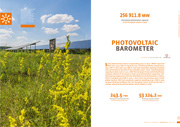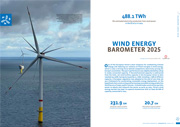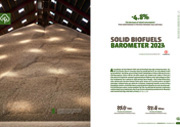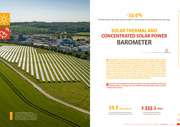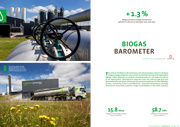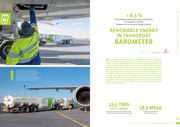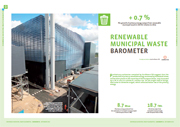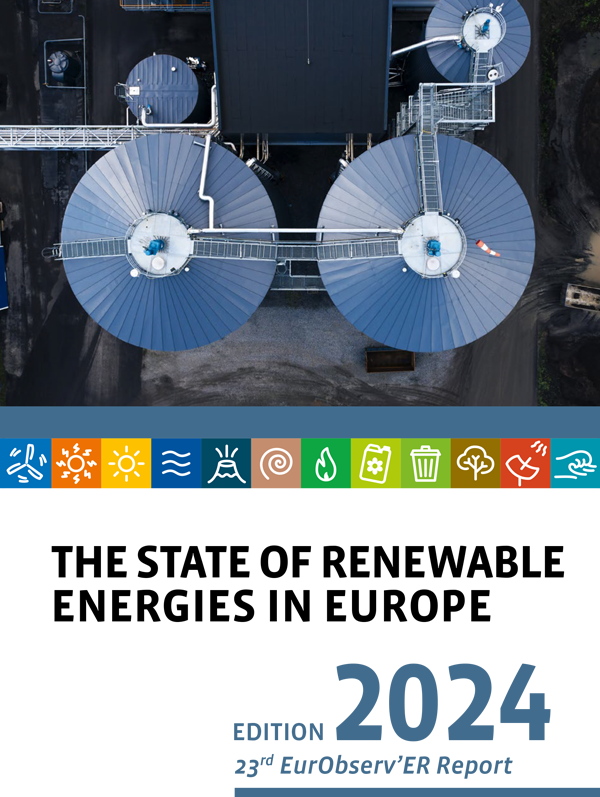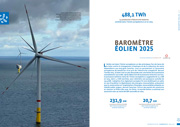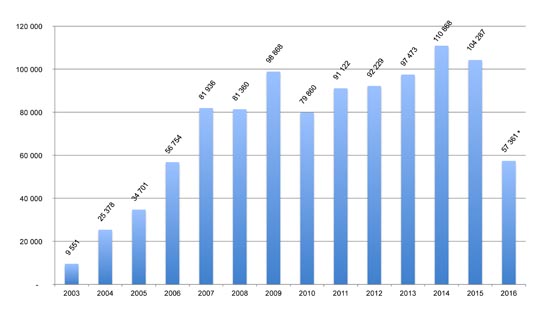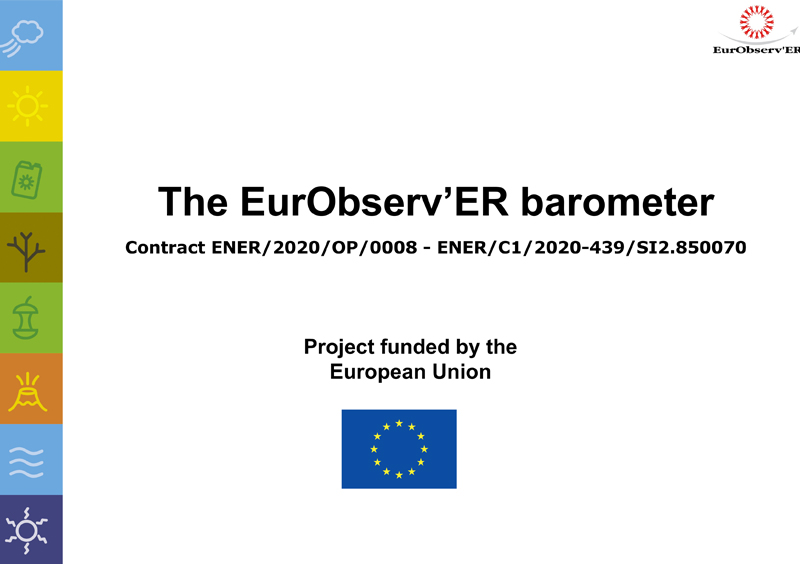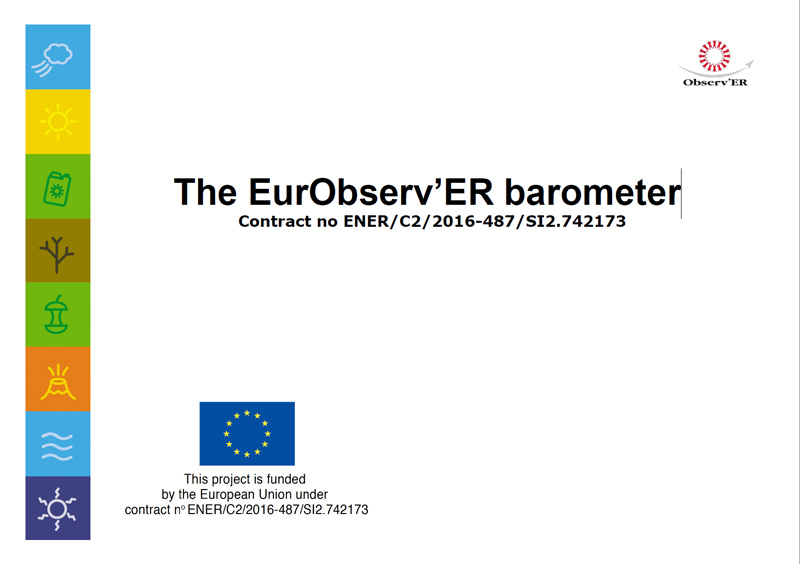EurObserv’ER has been gathering information and data on renewable energy sources in the EU for more than twenty years to describe the state and development of the sectors in themed barometers. The first part of this opus is a summary per RES sector, communicating the main tendencies in each sector for the years 2022 and 2023.
The following chapters supply socioeconomic indicators on employment and turnover, investment costs, avoided fossil fuel use and resulting avoided expenses and GHG emissions thanks to the development of the RES sectors. They also provide for an insight on EU competitiveness and innovation capability regarding renewable energy technologies.


